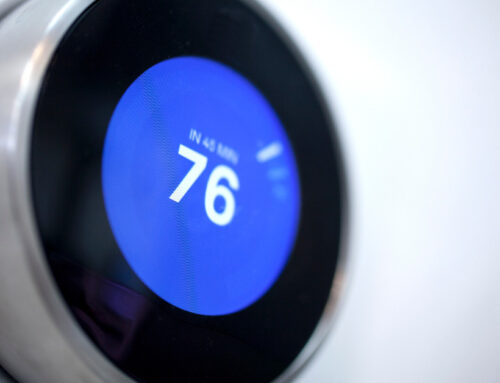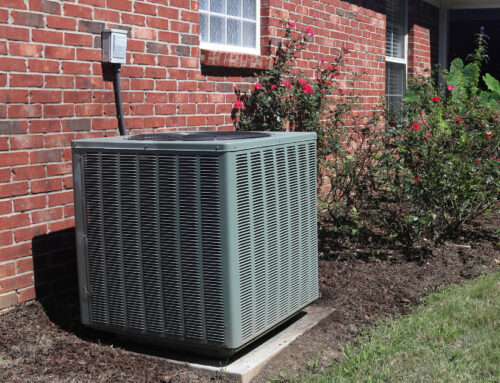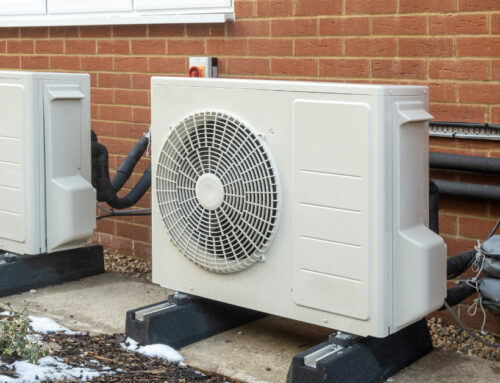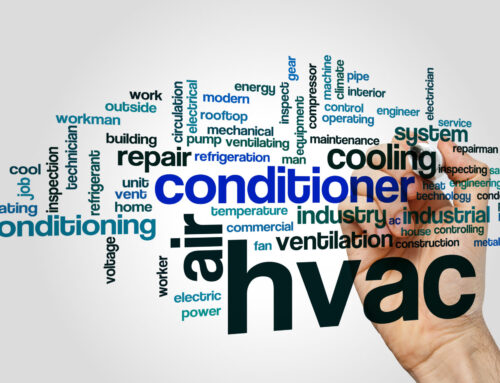 When dealing with the fire season and resulting poor air quality from the smoke, many may want to know how to improve the air quality in their home. Indoor air quality can be managed with the help of the right type of air cleaner for your home.
When dealing with the fire season and resulting poor air quality from the smoke, many may want to know how to improve the air quality in their home. Indoor air quality can be managed with the help of the right type of air cleaner for your home.
Portable air cleaners
Portable air cleaners are one way to help manage your indoor air quality.
Properly sized for the space you’re intending to clean, these portable units can reduce indoor air pollution, and can run continuously for less cost than running the fan in your central air conditioning system, which can increase your electric bill $40 or more per month.
To size your cleaner, compare the square footage of the space you wish to clean with the square footage rating of the device. Visit www.ahamdir.com for more information on how to size your air cleaner.
Two types of air cleaners
Most air cleaners will be either mechanical or electronic. Less expensive units might not clean the air as well as more expensive units during smoke events like we’ve seen over the past couple of months, but could be fine the rest of the year.
Mechanical air cleaners
Mechanical air cleaners pull air through filters that trap particulates in the air. Reliable and safe, these air cleaners do not produce an air pollutant called ozone, which has been labeled a health hazard. Mechanical air filters offer various levels of air cleaning, all the way up to HEPA filters. I own a unit with both charcoal pre-filter and a HEPA filter.
I like my little HEPA unit with the charcoal pre-filter – it offers the best chance of getting the stuff I’m most worried about, even if it can’t always completely keep up with fire season.
As with your air conditioning system, mechanical air cleaner filters need to be regularly replaced to ensure efficiency. Follow the manufacturer’s guidelines, or check often during smoke events to make sure your filter is clean.
Electronic air cleaners
Electronic air cleaners may use an electrical charge to remove particles, and typically fall into one of three main categories:
Electrostatic precipitators (ESPs): ESPs remove suspended dust particles by applying a high-voltage electrostatic charge and collect the particles on collector plates that need cleaning when dirty.
Ionizers: Ionizers draw dust and particles from the air and deposit them on special surfaces within the unit. They typically use little electricity and are efficient – and quiet – to run. They may produce negative ions, and trace amounts of ozone, usually well below that of intentional ozone generators.
Intentional ozone generators
Intentional ozone generators are not typically recommended for homes or other occupied spaces due to the large amounts of ozone they produce, similar to other air cleaners like those using ultraviolet (UV) bulbs and those using surface coatings like titanium dioxide to remove particles in the air. Others, including hydroxyl generators, that are designed to remove chemicals can emit volatile organic chemicals in the air.
A few more thoughts
Confused? As always, do your research before committing to buy anything. Keep in mind operating costs, which include electricity (look for Energy Star models) and filter replacement. Some models have washable, reusable filters which may save money down the road. Some units may be noisier than others, or need to run on high for longer periods of time.





